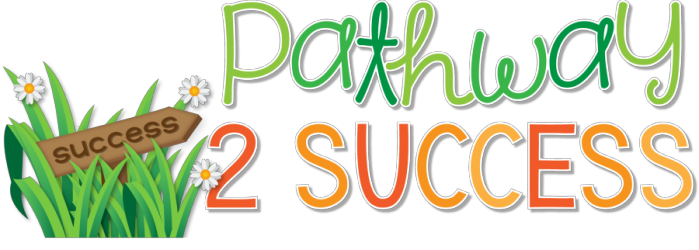Art can be a powerful tool to discuss and build social and emotional skills we all need for everyday success. While there are endless opportunities to integrate SEL skills into the day, art is one of the clear winners. It’s fun, engaging, creative, and motivating. There are also so many activities that allow you to […]
18 Mindfulness Activities for Outdoors
Mindfulness is a critical self-regulation strategy for people of all ages. It can help us feel calm, focused, and in control. Learning to be mindful doesn’t have to be confined to the four walls of a building or classroom. In fact, there are numerous opportunities to practice mindful activities outside. Here are a few outdoor […]
Outdoor Activities to Build Social Skills
Working on social skills isn’t just an activity to take place in the classroom. We, as kids and adults, use social skills every day out in the real world. This gives lots of opportunities for practicing and strengthening those skills everywhere – even outside. Whether you are a parent looking to boost your child’s social […]
Using Positive Affirmations as a Morning Routine
Positive self-talk is a powerful social-emotional tool that can help kids and young adults in many ways, from managing tough emotions to persevering through challenges. Reading positive affirmations, or sayings, in the morning is a healthy strategy to create a routine that builds our positive self-talk voice. The power of positive self-talk is real. When […]
Mindfulness Journal Ideas You Can Try Today
Mindfulness journal activities for kids and teens to help feel calm, focused, and happy. Mindful activities teach self-control, emotional management, growth mindset, self-love, and so much more. Use this as a daily morning practice or in your calm down area. Perfect for home or school. This post has printable and ideas you can use right away!
5 Steps for Leading a Morning Meeting Focused on SEL
Five simple steps for leading a morning meeting or circle time focused on social emotional learning in the classroom. Morning meeting is the ideal time to build relationships with students while also teaching critical SEL skills like empathy, self-awareness, and decision-making!
Teaching Kids To Be Self-Aware
As an educator, I always felt I knew my learners extremely well. While it is great if an educator or parent knows their kids so well, it’s actually not enough. The real magic comes when we teach kids to start understanding themselves and develop strong self-awareness skills. Self-awareness is having a strong understanding of oneself. […]
100+ Read Alouds to Teach Social Emotional Learning Skills
Social emotional learning skills are important. Every educator wants their learners to understand their own strengths and challenges, effectively cope with stress, persevere through challenges, have empathy for others, develop lasting friendships, and make positive decisions. These are really just a few examples of what skills social emotional learning can cover. There are numerous benefits […]
20+ Strategies for Teaching Empathy
Teaching empathy is important. In the simplest of terms, empathy is the ability to notice, understand, and share the emotions of others. It is a critical social skill for all people to have. In many ways, empathy is the social skill that paves the way for all other social skills. It helps us to take […]
12 Basic Social Skills Kids Need
Social skills are a critical element to helping kids succeed socially, emotionally, personally, and even academically. These are the skills are the behaviors that help kids join in conversations, collaborate with peers, develop lasting friendships, self-advocate when they need help, and so much more. It would be ideal if all learners walked into classrooms equipped […]













